A key step in many nanofabrication processes is to create thin films, sometimes only one molecule thick, by a method known as atomic layer deposition. Researchers at Cornell and Tel Aviv University have developed a new tool for nanofabricators to test the physical properties of such films.
Dec 10th, 2010
Read more
The Technology Strategy Board and the Engineering and Physical Sciences Research Council have jointly allocated up to GBP 400,000 to stimulate innovation with technologies that can address the potential environmental, health and safety (EHS) aspects of the development of nanoscale technologies, either by offering an innovative EHS product or by solving EHS issues with nanotechnology enabled products and processes.
Dec 10th, 2010
Read more
The EU Commission's Scientific Committee for Emerging and Newly Identified Health Risks (SCENIHR) has published a 46-page paper - Scientific Basis for the Definition of the Term nanomaterial - where it basically concludes that size should be the basis for the scientific definition of the term nanomaterials.
Dec 10th, 2010
Read more
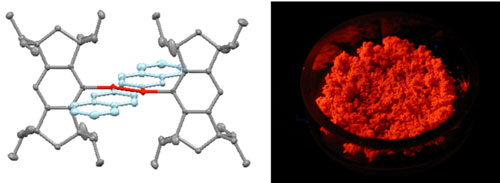 Linking silicon and carbon double bonds into an extended network with bulky molecules produces air-stable and photo-responsive crystals.
Linking silicon and carbon double bonds into an extended network with bulky molecules produces air-stable and photo-responsive crystals.
Dec 10th, 2010
Read more
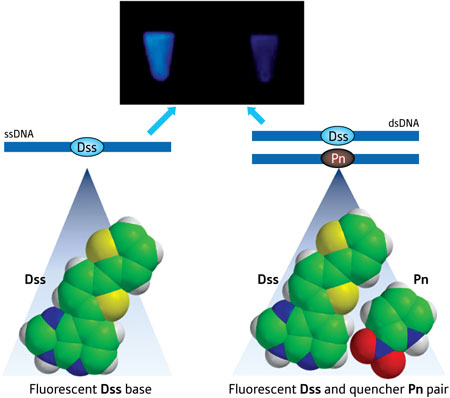 The toolbox for imaging DNA now comes with an artificial DNA fluorescent base that can be 'switched off'.
The toolbox for imaging DNA now comes with an artificial DNA fluorescent base that can be 'switched off'.
Dec 10th, 2010
Read more
A benchtop version of the world's smallest battery - its anode a single nanowire one seven-thousandth the thickness of a human hair - has been created by a team led by Sandia National Laboratories researcher Jianyu Huang.
Dec 9th, 2010
Read more
Physicists at Ohio State University have discovered that tiny defects inside a computer chip can be used to tune the properties of key atoms in the chip. The technique involves rearranging the holes left by missing atoms to tune the properties of dopants - the chemical impurities that give the semiconductors in computer chips their special properties.
Dec 9th, 2010
Read more
New high resolution images of electrode wires made from materials used in rechargeable lithium ion batteries shows them contorting as they become charged with electricity. The thin, nano-sized wires writhe and fatten as lithium ions flow in during charging.
Dec 9th, 2010
Read more
Despite their initial focus on national economic competitiveness, the nanotechnology research initiatives now funded by more than 60 countries have become increasingly collaborative, with nearly a quarter of all papers co-authored by researchers across borders.
Dec 9th, 2010
Read more
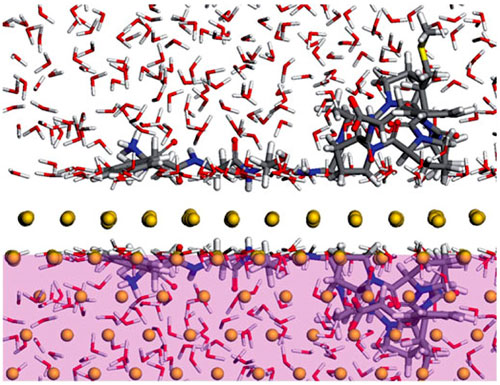 A University of Akron researcher is leveraging advanced modeling and simulation techniques to more precisely understand how organic materials bond to inorganic materials, a natural phenomenon that if harnessed, could lead to the design of composite materials and devices for such applications as bone replacement, sensing systems, efficient energy generation and treatment of diseases.
A University of Akron researcher is leveraging advanced modeling and simulation techniques to more precisely understand how organic materials bond to inorganic materials, a natural phenomenon that if harnessed, could lead to the design of composite materials and devices for such applications as bone replacement, sensing systems, efficient energy generation and treatment of diseases.
Dec 9th, 2010
Read more
New diagnostic tool uses nanotechnology to help improve the fitness of the country's top athletes.
Dec 9th, 2010
Read more
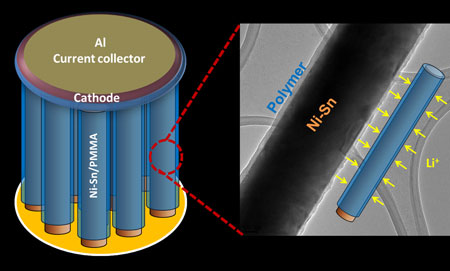 Rice University researchers have moved a step closer to creating robust, three-dimensional microbatteries that would charge faster and hold other advantages over conventional lithium-ion batteries. They could power new generations of remote sensors, display screens, smart cards, flexible electronics and biomedical devices.
Rice University researchers have moved a step closer to creating robust, three-dimensional microbatteries that would charge faster and hold other advantages over conventional lithium-ion batteries. They could power new generations of remote sensors, display screens, smart cards, flexible electronics and biomedical devices.
Dec 9th, 2010
Read more
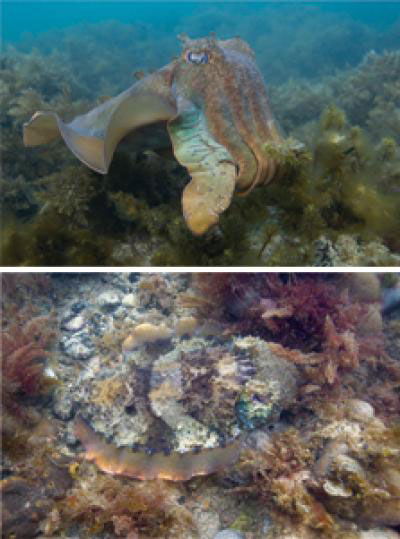 Nanotechnologists, marine biologists and signal-processing experts from Rice University, the Marine Biological Laboratory in Woods Hole, Mass., and other U.S. universities have won a $6 million grant from the Office of Naval Research to unlock the secrets of nature's best camouflage artists.
Nanotechnologists, marine biologists and signal-processing experts from Rice University, the Marine Biological Laboratory in Woods Hole, Mass., and other U.S. universities have won a $6 million grant from the Office of Naval Research to unlock the secrets of nature's best camouflage artists.
Dec 9th, 2010
Read more
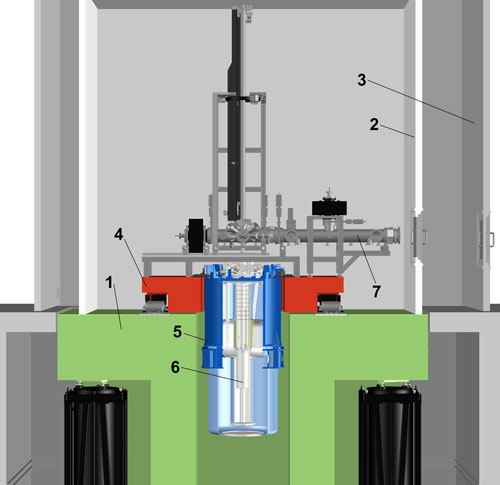 The discoveries of superconductivity, the quantum Hall effect and the fractional quantum Hall effect were all the result of measurements made at increasingly lower temperatures. Now, pushing the regime of the very cold into the very small, a research team from the National Institute of Standards and Technology (NIST), the University of Maryland, Janis Research Company, Inc., and Seoul National University, has designed and built the most advanced ultra-low temperature scanning probe microscope (ULTSPM) in the world.
The discoveries of superconductivity, the quantum Hall effect and the fractional quantum Hall effect were all the result of measurements made at increasingly lower temperatures. Now, pushing the regime of the very cold into the very small, a research team from the National Institute of Standards and Technology (NIST), the University of Maryland, Janis Research Company, Inc., and Seoul National University, has designed and built the most advanced ultra-low temperature scanning probe microscope (ULTSPM) in the world.
Dec 9th, 2010
Read more
India's state-run Defence Research and Development Organisation (DRDO) plans to set up a nano foundry with Rs.500 crore (about USD 110 million) investment to roll out products for various applications.
Dec 9th, 2010
Read more
Water scarcity is driving a wave of innovation in water filtration technology from Asian nations, according to a report issued today by Chemical Abstracts Service (CAS). The report, CAS Chemistry Research Report: Nanofiltration Shows Promise in the Quest for Pure Water, found that Asian researchers now lead the world in patent activity related to nanofiltration, the most-researched method of water filtration.
Dec 9th, 2010
Read more







 Subscribe to our Nanotechnology News feed
Subscribe to our Nanotechnology News feed